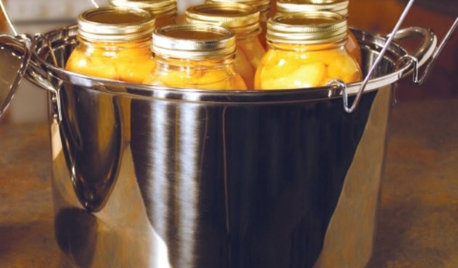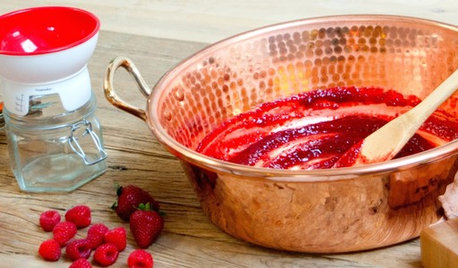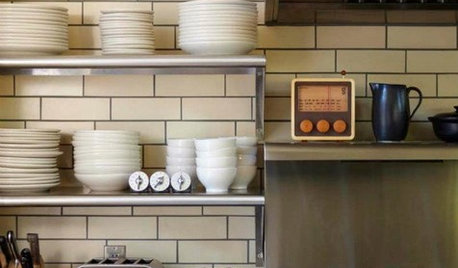looking for clarification on pressure canning
dilvish
13 years ago
Related Stories

PRODUCT PICKSGuest Picks: Canning, Preserving, Steaming, Dehydrating
20 products to help make fall produce last through the season and beyond
Full Story
FARMHOUSESHouzz Tour: A Farmhouse in the Dell
Modern style and a barn look mix in a most unusual Sonoma County home
Full Story
LIFESlow Living 101: Tips for Turning Off the Chaos
It may feel as though you're too busy to slow down and enjoy life. But even little changes can have a big effect
Full Story
GARDENING GUIDESHow to Find the Right Native Plants for Your Yard
Find plant maps, sale sites and guides that make going native in the garden easier than ever
Full Story
SHOP HOUZZHouzz Products: Save a Taste of Summer
Can't bear to part with the flavors of summer peaches, berries and tomatoes? Then jam on it!
Full Story
GARDENING GUIDESGarden-Friendly Native Alternatives to Overplanted Exotics
There are lots of gorgeous, wildlife-friendly native plants ready to make an appearance in your garden
Full Story
MOST POPULAR6 Kitchen Flooring Materials to Boost Your Cooking Comfort
Give your joints a break while you're standing at the stove, with these resilient and beautiful materials for kitchen floors
Full Story
KITCHEN DESIGNCreate Your Own Checklist for a Well-Stocked Kitchen
Personalize the kitchen with your own must-haves from our list of top cooking tools, small appliances, pots, pans and more
Full Story
FARM YOUR YARDHouzz Call: Home Farmers, Show Us Your Edible Gardens
We want to see where your tomatoes, summer squashes and beautiful berries are growing this summer
Full Story
ARCHITECTUREHouzz Tour: Sturdy Enough for a Tsunami
Storms don't scare this Washington state home; breakaway features and waterproof finishes let it weather high winds and waves
Full Story





2ajsmama
digdirt2
Related Professionals
Aurora Landscape Contractors · Stoughton Landscape Contractors · Arden-Arcade Landscape Contractors · Canyon Lake Landscape Contractors · Chelmsford Landscape Contractors · Columbine Landscape Contractors · East Haven Landscape Contractors · Franklin Landscape Contractors · Mount Kisco Landscape Contractors · Parkland Landscape Contractors · Wailuku Landscape Contractors · Aurora Roofing & Gutters · Summit Roofing & Gutters · Redford Driveway Installation & Maintenance · Skokie Driveway Installation & MaintenancedilvishOriginal Author
digdirt2
readinglady
dilvishOriginal Author
dilvishOriginal Author
ruthieg__tx
readinglady
dilvishOriginal Author